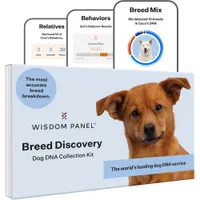Miniature poodles are cute bundles of fun, but there’s much more to this breed
A miniature poodle’s size can be deceptive – keeping them fit and well can be a big challenge
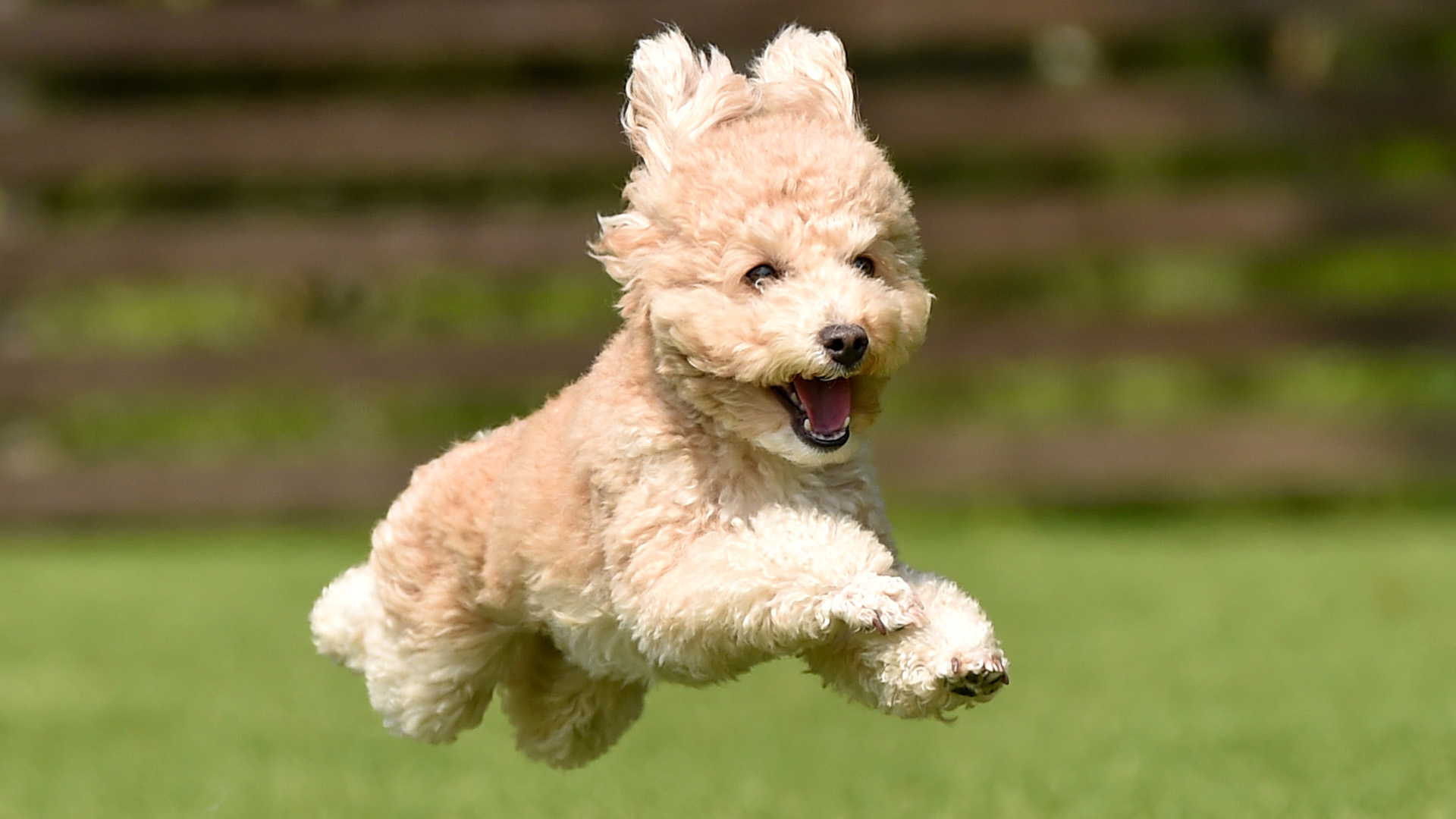
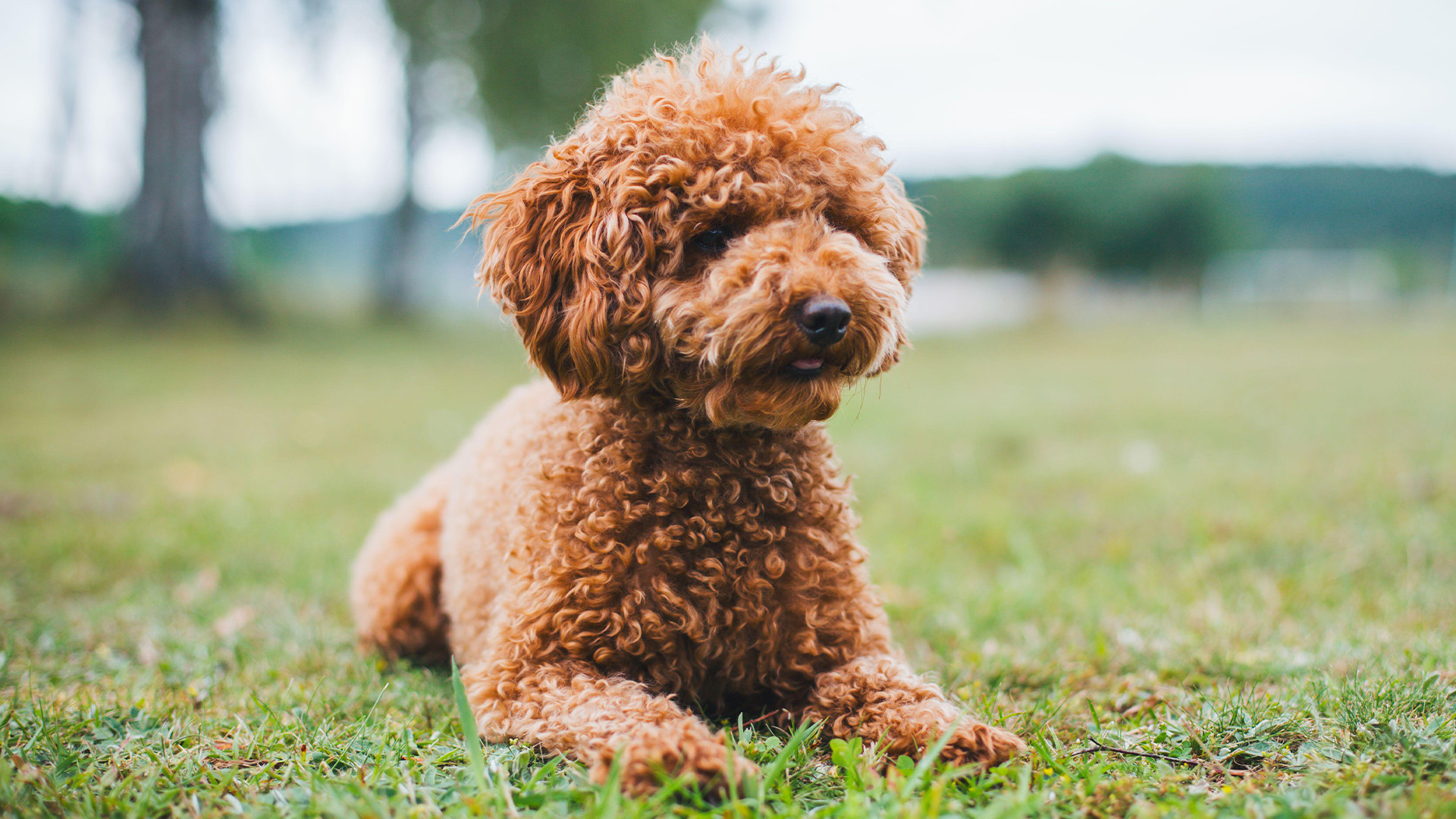
Life expectancy: 10–18 years
Size: 10–15 inches (male); 10–15-inches (female)
Coat: Curly
Temperament: Friendly, intelligent, playful
Exercise needs: 45–60 minutes daily
Origin/native country: Germany
Originally bred as water retrievers for duck hunters in Germany, poodles in general are known to be hard workers and their capacity to learn has ensured they’ve become very popular pets. The miniature poodle variety emerged when owners began to prize the poodles’ many qualities but wanted them in a much smaller-sized dog. With their fluffy fur, they could also be easily mistaken for a cuddly toy.
But, of course, owning a dog is a serious undertaking and, as you’ll discover, miniature poodles are not without their challenges. With the help of expert vet Dr Rebecca MacMillan we take a look at the pros and cons of owning these lovely little dogs – will it become clear why this breed ranks in the 10 most popular dogs in the US.
Do miniature poodles need a lot of exercise?
This active breed is bursting with energy and they will certainly keep your on your toes.
“Miniature poodles are fairly lively and require around 45–60 minutes of exercise each day,” says Dr MacMillan.
The important thing is to burn off as much of that energy as possible.
“Exercise can consist of a mixture of walking, play sessions, and dog classes, like agility,” Dr MacMillan adds.
Indeed, this is a breed which will be more than happy accompanying you on a lengthy walk, hike or leisurely run.
Get the best advice, tips and top tech for your beloved Pets
You should also invest in the best dog puzzle toys, to keep this breed mentally stimulated – in fact, it’s worth checking out dog enrichment ideas to keep your dog entertained. And since this is one of the dog breeds that are made for swimming courtesy of their webbed paws and warm coats, it would also be helpful if you live near a stretch of water.
Are miniature poodles easy to train?
Poodles in general are clever little things – so much so that canine psychologist Stanley Coren ranks them the second brightest breed after Border Collies in his book, The Intelligence of Dogs.
“Miniature poodles will therefore be quick learners with the right consistent training approach,” Dr MacMillan says.
What makes them particularly easy is their willingness to want to learn new things and, as people pleasers, they’ll go out of their way to do what you want, so long as you’re being consistent.
Training also keeps their mind active and steers them away from destructive behavior so get stuck in with agility work, give them obstacles to negotiate, and teach them tricks. They can be mightily impressive.
Do miniature poodles make good family pets?
You’re going to have very few problems bedding in a miniature poodle, not least because they’re such a gentle, patient breed and, more to the point, as energetic as any child is likely to be. The main thing is to ensure young, curious children don’t engage in rough play – these are small dogs and they can easily become injured.
“Miniature poodles are known for their friendly and outgoing nature and they are also affectionate and loyal,” says Dr MacMillan. “They make great family pets if they have been properly socialized but, as with any dog breed, children must be supervised at all times.”
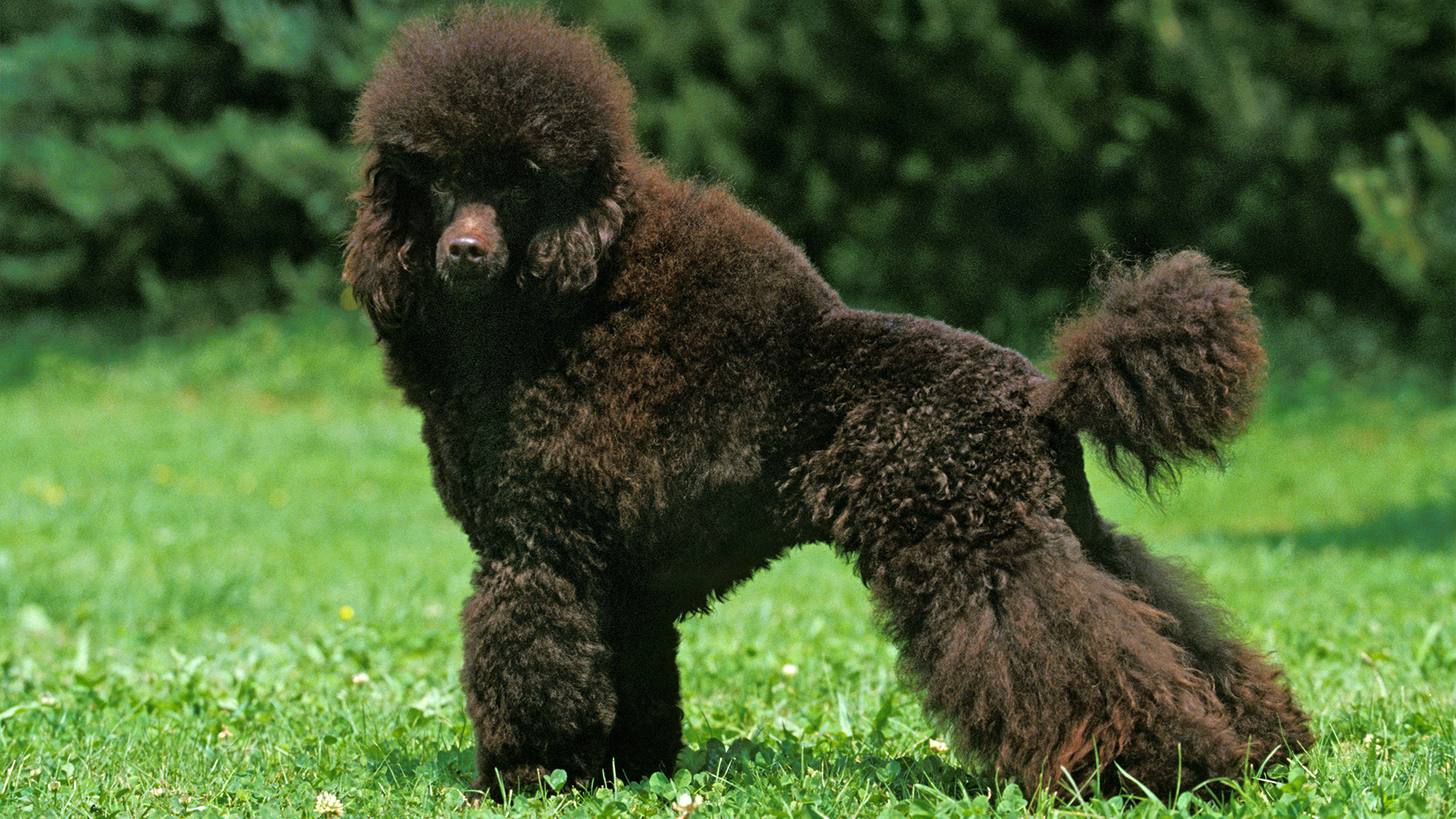
Do miniature poodles need a lot of grooming?
Miniature poodles are a low–shedding breed but they are still high-maintenance dogs and, as well as plenty of exercise, you’re going to have to keep on top of their coat.
“As with all poodle types, miniatures have a thick curly coat that needs regular clipping to keep it in good order,” Dr MacMillan says. “A trip to the groomer approximately every six weeks is advised, with regular brushing at home in between.”
Miniature poodles also need good oral care and their nails needed to be regularly trimmed. If they’re going swimming regularly, you should take care of their ears as well to prevent trapped moisture causing an ear infection.
Common health problems in miniature poodles
Miniature poodles can be affected by several inherited health complaints. These include eye issues such as progressive retinal atrophy (PRA) and cataracts that can cause loss of vision and progress to blindness.
“These little dogs are also prone to distichiasis, which are extra hairs that rub on the surface of the eye causing irritation and corneal ulceration,” says Dr MacMillan. But that is not all.
A painful condition known as Leg Calves Perthes Disease can be seen in miniature poodles.
“It is thought to be caused by reduced blood flow to the head of the femur, which causes problems to the ball part of the ball and socket joint,” Dr MacMillan says. “The bone here becomes brittle and can easily fracture. It is often first diagnosed at around six to mine months of age.”
Miniature poodles can also develop conditions that many small dog breeds are prone to including dental disease.
“These dogs are prone to excessive tartar build-up, gum inflammation, and tooth loss. I advise owners to implement teeth brushing from an early age, ideally daily, to help prevent dental issues from occurring,” Dr MacMillan adds.
Patella luxation is another common issue found in small dogs like the miniature poodle.
“The kneecap on one or both hind legs slides out of position in affected dogs causing lameness, discomfort, and arthritic change,” says Dr MacMillan. “Mildly affected dogs can be managed conservatively, but more severe cases will need surgery.
Should I get a miniature poodle?
Miniature poodles make for some of the best family dogs and they’re also ideal for anyone who is active and anyone who wants a dog that can be taught an abundance of tricks.
Trouble is, you will also have to spend a lot of time ensuring they are in tip-top shape and that means many trips to the groomers.
You may also find that your adorable pet needs a number of visits to the vet. The costs can certainly add up – at the very least, you should be getting the best pet insurance.
Read next: Facts about poodles
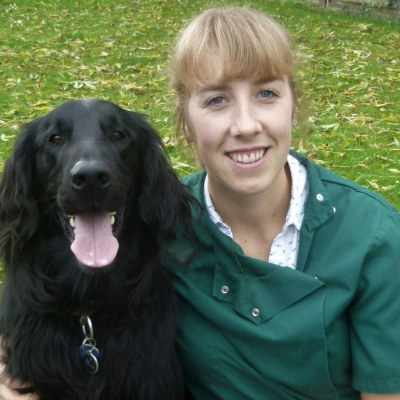
Rebecca is a vet surgeon who graduated in 2009 from the Royal Veterinary College in London. She has a wealth of experience in first opinion small animal practice, having done a mixture of day-to-day routine work, on-call emergency duties and managerial roles over the years. She enjoys medicine in particular and she is proud to have recently achieved a BSAVA postgraduate certificate in small animal medicine (with commendation). She writes on various feline and canine topics, including behavior, nutrition, and health.
Edited by Georgia Guerin.
This feature was last updated in May 2025.

David Crookes has been a journalist for almost 30 years and he has written for a host of magazines, newspapers, websites and books including the World of Animals Annual, BBC Earth, Live Science, The Independent and Tom’s Guide.
Born in England, he lives with two cats but he’s also keenly interested in the differences between the huge number of dog breeds – in fact, you can read many of his breed guides that he’s written in collaboration with vets here on PetsRadar.
With a lifelong passion for technology, too, he’s always on the lookout for useful devices that will allow people to keep their pets happier and healthier, and provide them more time to spend together.
David has a degree from Durham University, as well as postgraduate diploma in journalism from the University of Central Lancashire.
